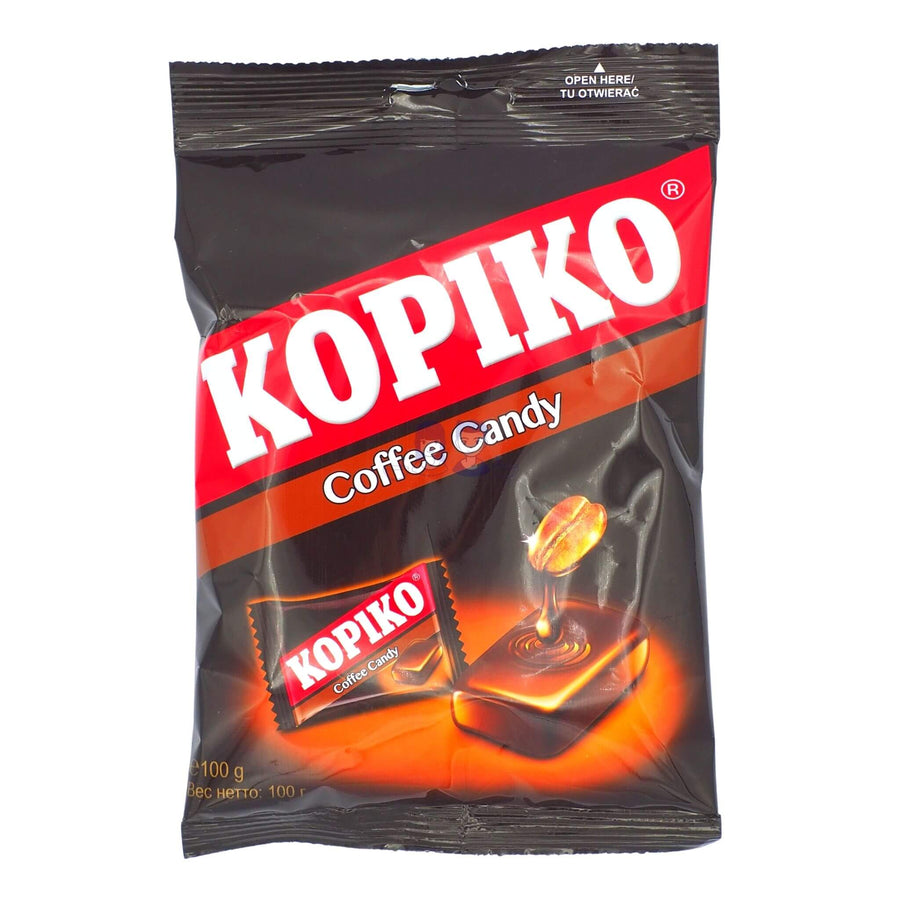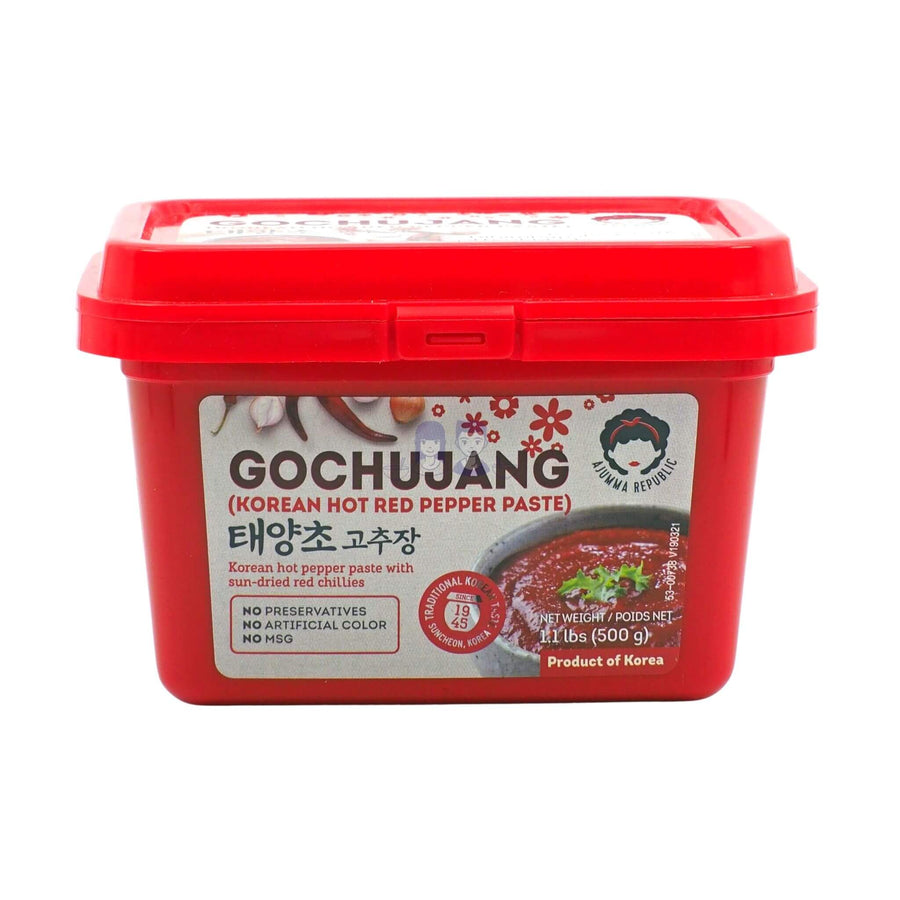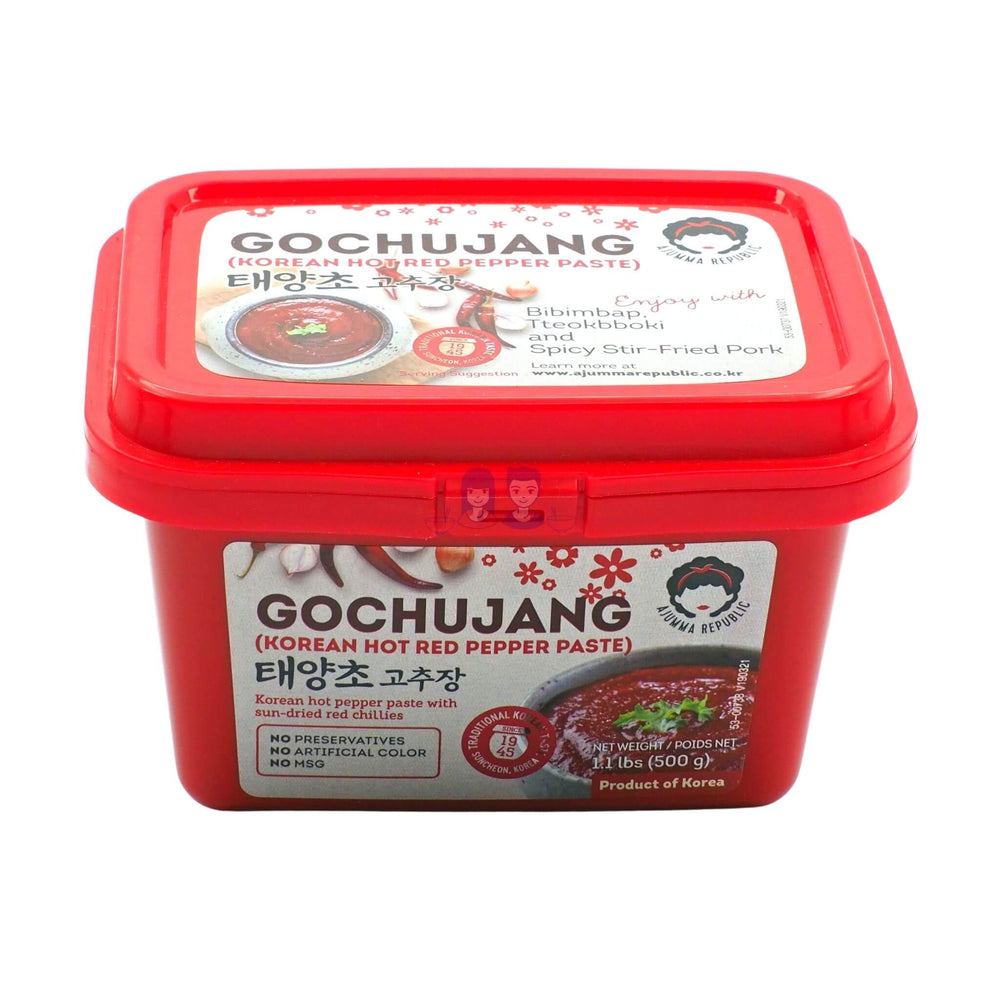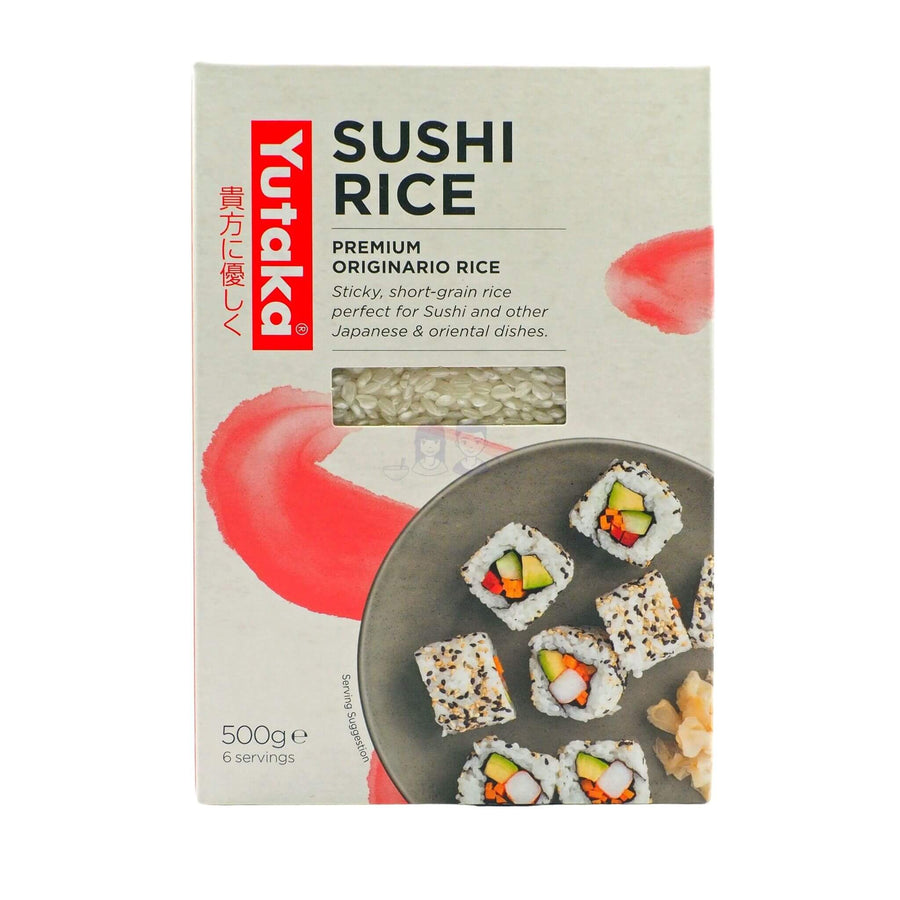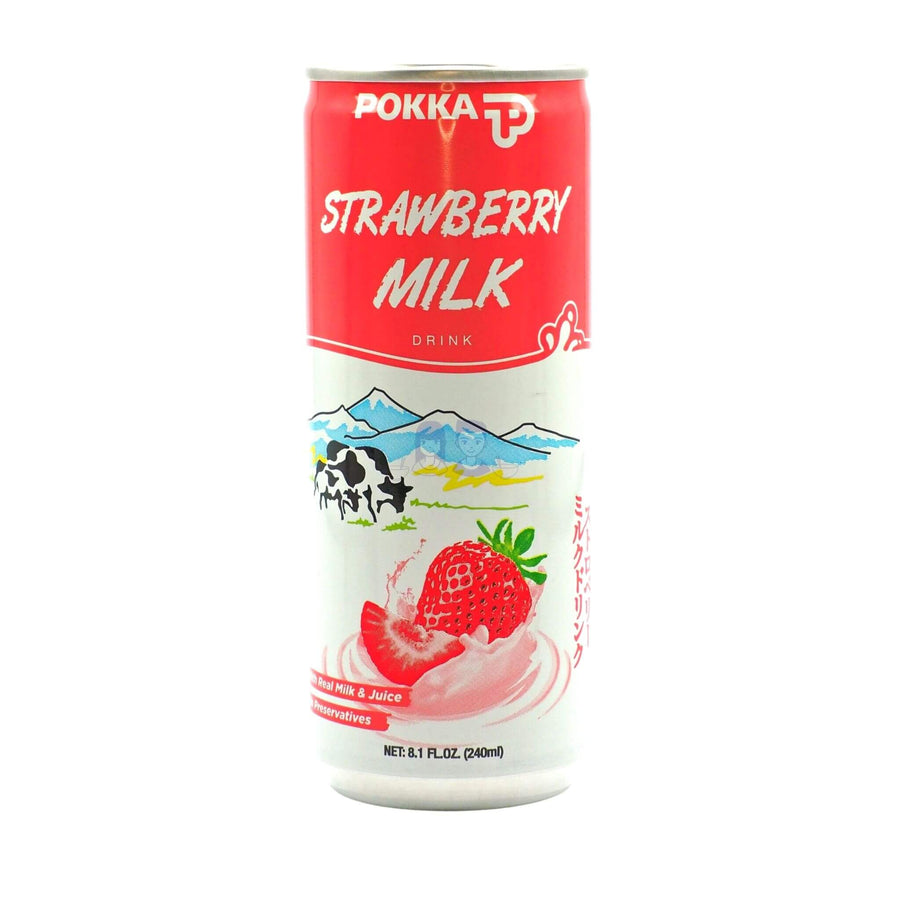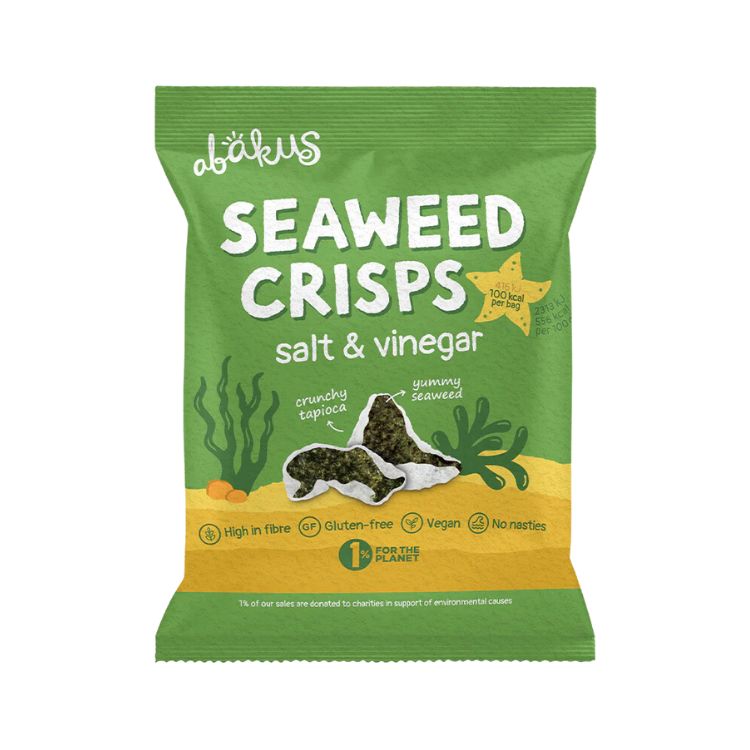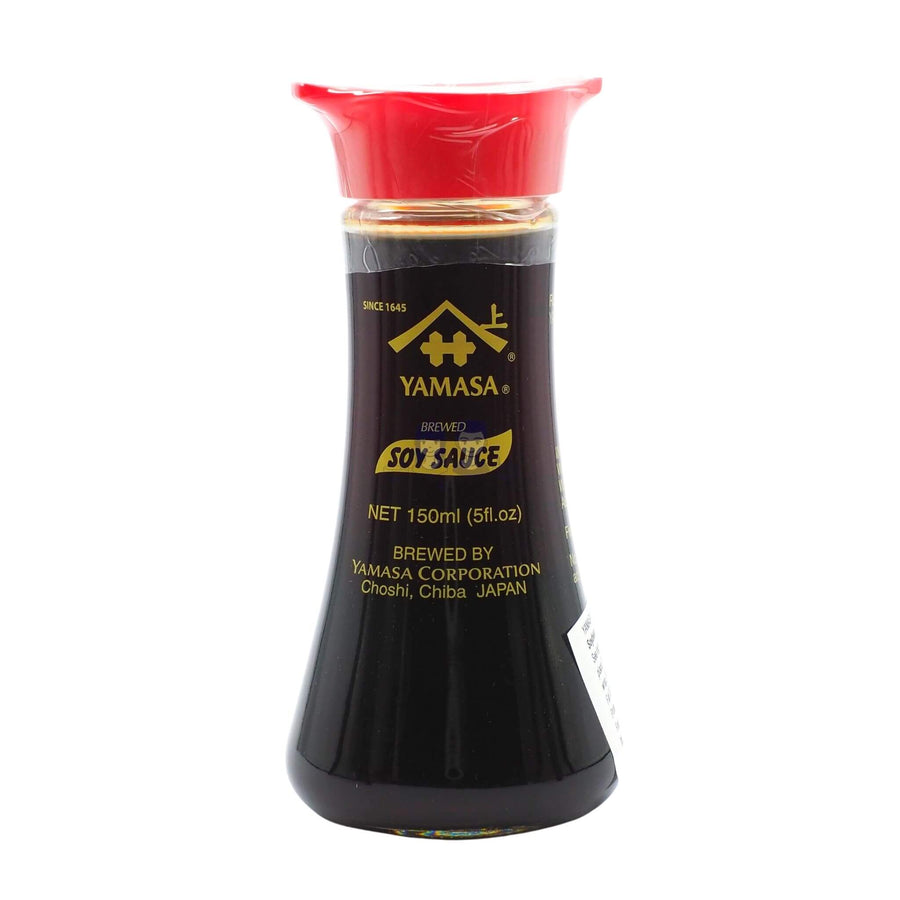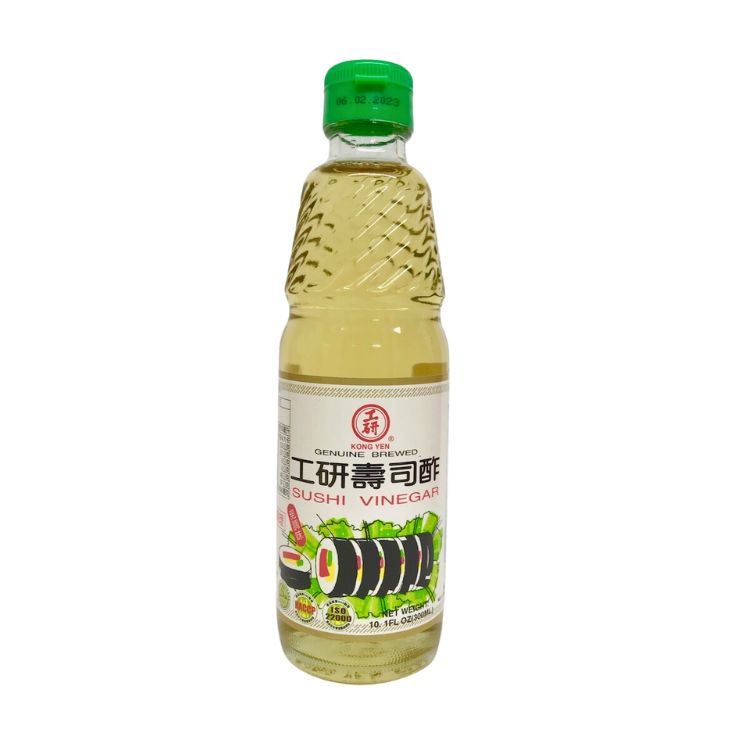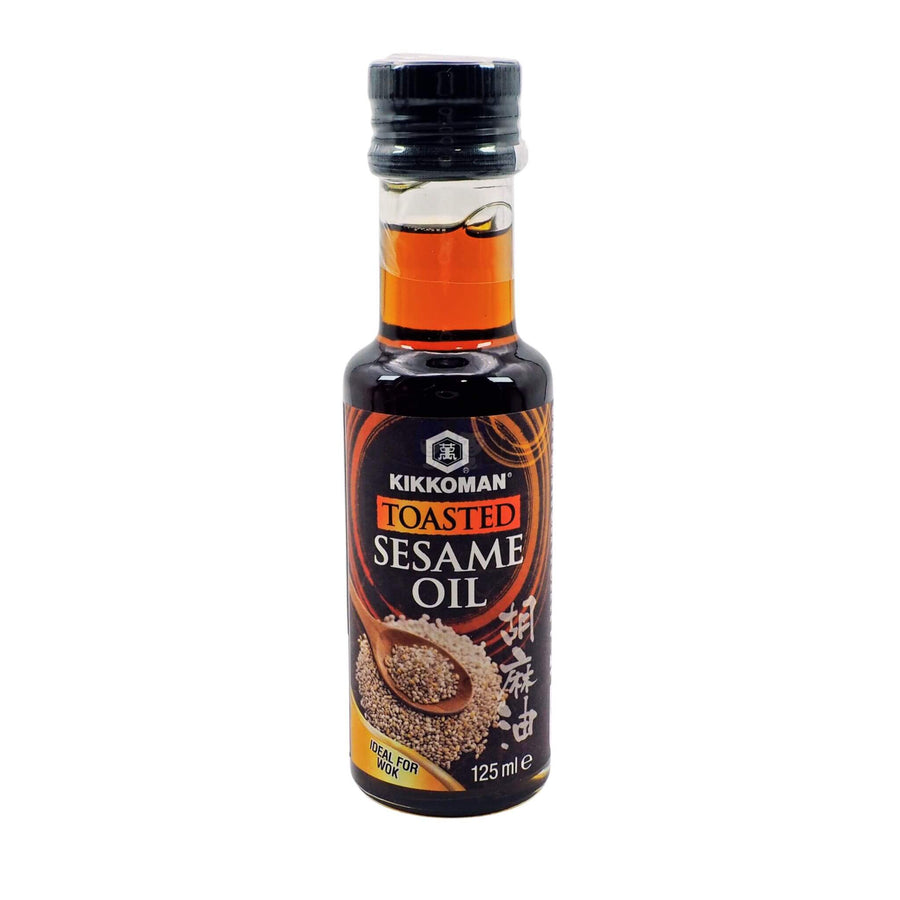What is Okonomiyaki? Sharing Our Okonomiyaki Experience
Imagine a bustling street in Osaka, the air filled with the irresistible aroma of sizzling savoury Japanese pancakes. This is the magical allure of Okonomiyaki, a dish that has captured the hearts of many people across Japan.
Okonomiyaki uses simple, tasty ingredients. At its core is a batter of flour, eggs and cabbage. Additional ingredients can also be added. Popular choices include okonomiyaki sauce, Japanese mayonnaise, seafood and meats.
In this blog post, we'll explore what Okonomiyaki is, its origins, and how to cook it. We'll also share our unforgettable experience of enjoying this iconic dish in Osaka.
What is Okonomiyaki?
Okonomiyaki is a popular Kansai-style, pan-fried savoury pancake from Japan, traditionally made with a batter of flour, grated nagaimo (yam), eggs, and shredded cabbage cooked on a teppan (hot plate). Thanks to its customisable toppings and crispy-soft texture, some diners affectionately call it a "Japanese pizza," while others think of it as a hearty "Japanese pancake."
The term "Okonomiyaki" is derived from two Japanese words: "okonomi," which means "what you like," and "yaki," which means "cooked over direct heat." This name reflects the dish's customisable nature. This allows for a variety of tasty Japanese ingredients to be added based on personal preference. It also reflects the fact that it's cooked on a metal plate called a teppan.
The core ingredients of Okonomiyaki are a batter made from flour, eggs, and shredded cabbage. From there, additional ingredients can be added. Common add-ons include prawns, squid, pork, vegetables, and cheese. Okonomiyaki's versatility means that no two pancakes are ever quite the same.
Ingredients at a Glance
- Plain or okonomiyaki flour – try our light, fluffy options in the Flour & Panko aisle
- Shredded cabbage
- Eggs
- Dashi or water for extra umami
- Optional fillings: pork belly slices, prawns, squid, mozzarella, and kimchi
- Essential toppings: Okonomiyaki sauce, Kewpie mayonnaise, bonito flakes (katsuobushi), dried seaweed (aonori)

Origins of Okonomiyaki
The term "Okonomiyaki" can be traced back to a shop in 1930s Osaka, where it was a popular, crepe-like snack. Originating as a street food to provide a quick, satisfying meal, Okonomiyaki exploded in popularity in the early 20th century. This was accelerated by crises such as the 1923 Great Kanto Earthquake and the Second World War, which created shortages in staples such as rice.
While Osaka-style (or Kansai-style) Okonomiyaki is the best known, there are several regional variations. A key regional variant is the Hiroshima-style Okonomiyaki, which includes a layer of noodles and is typically topped with a fried egg. Other regions bring their unique twist to the dish, showcasing the regional tastes of Japan.
Regional Variations of Okonomiyaki
- Osaka (Kansai) Style: Ingredients are mixed directly into the batter, creating a fluffy, cake-like texture.
- Hiroshima Style: Layers shredded cabbage, bean sprouts, and often yakisoba noodles beneath a thin crêpe of batter, then crowns the stack with a fried egg.
- Tokyo (Monjayaki): A runnier batter cooked until slightly crisp and eaten straight from the teppan with a small spatula.
- Modern Twists: Across Japan, you’ll also find kimchi, cheese, or mochi versions that reflect local tastes.
Cooking Method Step-by-Step Guide
- Prepare the Batter: Mix flour, water, eggs, and shredded cabbage to create the base batter.
- Add Ingredients: Incorporate your choice of add-ins, such as prawns, squid, pork, or vegetables, and mix thoroughly.
- Heat the Teppan: Preheat a hot plate or pan (teppan) to medium-high heat and add cooking oil.
-
Cook the Pancake: Pour the batter onto the teppan and shape it into a round pancake using a metal spatula.

- Flip and Cook: Once the bottom is golden brown, carefully flip the pancake with the metal spatula to cook the other side. This is the hardest stage to get right as the okonomiyaki must be cooked enough to hold together.
- Add Toppings: Once both sides are cooked, brush on Okonomiyaki sauce, pipe over Japanese mayonnaise, and finish with bonito flakes (katsuobushi) and dried seaweed (aonori).
- Serve & Enjoy: Slice the pancake like a pizza and serve immediately while the katsuobushi is still dancing from the heat—perfect with an ice-cold Japanese beer or green tea.

Traditional Hot Plate (Teppan) Cooking
The traditional method of cooking on a teppan enhances the interactive and communal dining experience. This method not only ensures even cooking but also allows diners to engage in the fun and social aspect of making their own Okonomiyaki at the table.
Cultural Significance and Popularity
Okonomiyaki holds a special place in Japanese cuisine and culture. It is not just a great-tasting meal but a fun, communal activity that brings people together. Whether enjoyed at home or in a restaurant, making and eating Okonomiyaki is a social event. In our experience, it fosters connection and enjoyment.
While Okonomiyaki is particularly popular in Osaka, it is enjoyed throughout Japan. Each region may have its variants, but the core elements remain largely the same.
In recent years, Okonomiyaki's global recognition has grown, becoming a favourite in more restaurants. You will now see international chefs adding their twists while staying true to the dish's authentic roots.
Our Okonomiyaki Experience in Osaka
During a recent trip to Osaka, we were fortunate enough to visit Okonomiyaki Okaru. This is a renowned Okonomiyaki restaurant known for its authentic and delicious dishes. The restaurant is located in the popular Minami area, which is loved for its neon lights, shops, and some of the most exciting food in the city.
We had to rush there for 5 pm from Osaka Castle as seats were limited and queues were known to build up quickly. Thankfully, we arrived there just in time to get the last table on the first seating. The tantalising smell of cooking Okonomiyaki filled the air, making us even more excited.
The restaurant exuded a warm and welcoming ambience, with traditional Japanese decor and friendly staff. The sight of diners around teppans, enjoying their own Okonomiyaki, added to the inviting atmosphere.
We ordered a selection of Okonomiyaki with toppings such as squid, prawns, octopus, and bacon. We also mixed it up a bit by trying one of their yakisoba with bacon and akashi-yaki, which are dumplings made from egg-rich batter filled with octopus.

The highlight of our visit was the interactive experience of making Okonomiyaki at our table. The skilled staff brought our ingredients to the table and mixed them into the batter. The process of cooking on the teppan in front of us was both fun and engaging to watch, allowing us to appreciate the craft that goes into making this dish.

The cook wrapped it up by drawing pictures of some of our favourite Japanese characters using Kewpie for some of the most fun Japanese mayonnaise recipes.

The freshly made Okonomiyaki was a joy to eat, with its perfect blend of flavours and textures. The yakisoba was a great twist and the akashi-yaki were delicious - we found them softer and richer than the more famous takoyaki. Overall, it was an unforgettable dining experience.
Watch Our Unmissable Okonomiyaki Experience in Osaka
🎥 Watch the video:
Final Word
Okonomiyaki is a fun and authentic Japanese dining experience. Our Okonomiyaki adventure in Osaka was a testament to this. It deepened our appreciation for Japanese cuisine and the communal joy of cooking and eating together.
We encourage you to try Okonomiyaki yourself, whether by visiting a local Japanese restaurant or making it at home. This versatile dish is not only delicious but also a fun and interactive way to enjoy a taste of Japan's rich culinary heritage.
Frequently Asked Questions
Is Okonomiyaki gluten-free?
Traditional batter contains wheat flour, but you can substitute rice flour or a gluten-free mix for a coeliac-friendly version.
Can I make a vegetarian or vegan Okonomiyaki?
Yes! Swap prawns and pork for mushrooms or kimchi, use plant-based mayo, and omit bonito flakes.
What is the difference between Okonomiyaki sauce and Tonkatsu sauce?
Okonomiyaki sauce is thicker and sweeter, designed to caramelise on the hot plate, whereas Tonkatsu sauce is lighter and fruitier.
Where can I buy the ingredients in the UK?
All key ingredients—from okonomiyaki flour to sauce—are available in our Online Japanese Supermarket for quick UK delivery.


